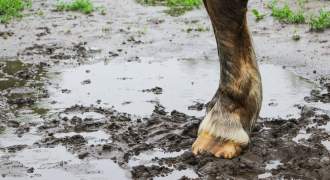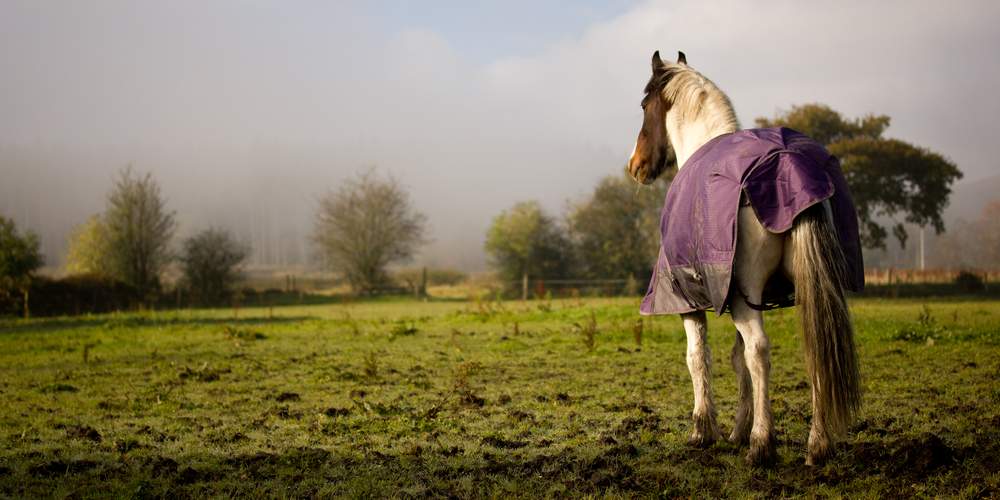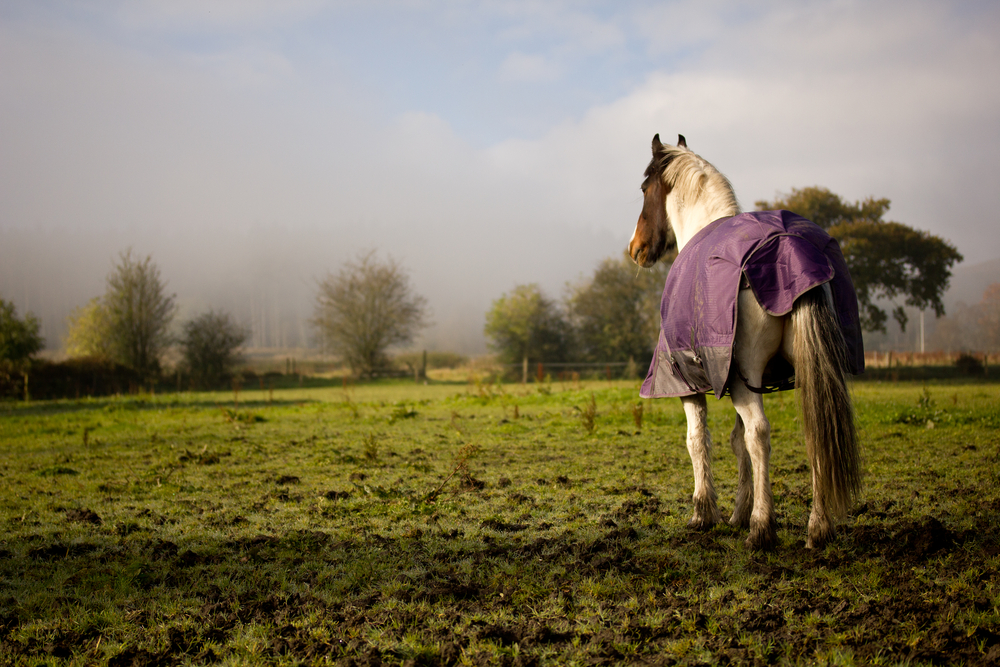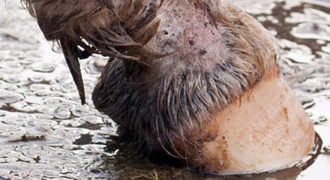
How to prevent mud fever?
How can I prevent mud fever? For the most part it’s all about keeping the legs clean and dry: Avoid muddy paddocks Try cr......
23 February 2018
Read More
How do I treat mud fever? If you think your horse may have mud fever it’s always best to speak to your vet. Every case is different and what works for one horse may not be right for another.

In most instances to treat mud fever you will need to:
Did you know?
Mud fever is also referred to as greasy heel, scratches, cracked heels, dew poisoning or pastern dermatitis.
Mud fever can also occur in the summer.
Once a horse has had mud fever it is likely be more susceptible to the condition in future.
Related blog posts
Find out more about mud fever
References
Anthony (2013) pastern dermatitis. Vet Clin Equine 29 (2013) 577–588

How can I prevent mud fever? For the most part it’s all about keeping the legs clean and dry: Avoid muddy paddocks Try cr......
23 February 2018
Read More
How do I treat mud fever? If you think your horse may have mud fever it’s always best to speak to your vet. Every case is di...
23 February 2018
Read More
What is mud fever you ask? Mud fever is enough to make any horse owner hot under the collar. It’s a persistent skin problem,...
19 February 2018
Read More